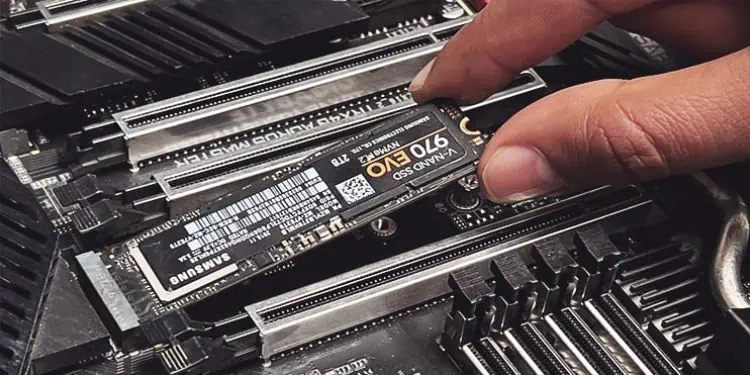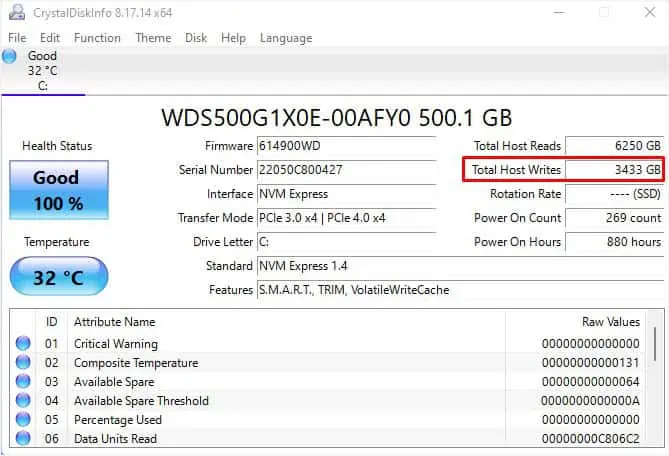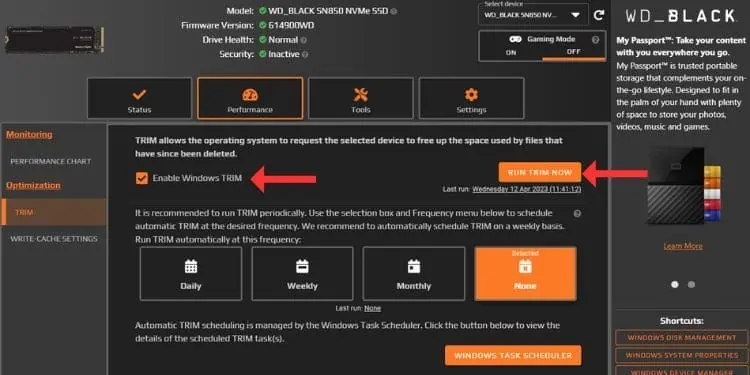SSDs are slowly becoming the optimum choice over HDDs. But one thing that has stood in its way is the uncertain lifespan. If you’re considering switching to SSD, you could be left wondering about its durability.
On average, SSDs are meant to lastas long as 10 years. But this is just a myth as various factors come into play when determining its actual age. Reportedly, several researchers have concluded that the MTBF (Mean Time Between Failure) of a customer-rated SSD is1 million hours, which is a significantly large time.
If you check the manufacturer’s specifications, you’ll likely see a different warranty period based on the model. Along with that, you might have noticed one of these terms—TBWorDWPD. So, what are these, and how well can they estimate the life of your SSD? Let’s find out.
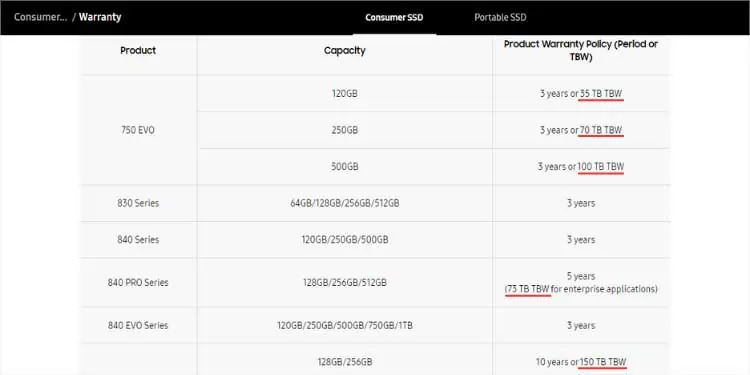
How Long Does an SSD Last?
Before getting an SSD, we definitely inspect its warranty to know how long the manufacturer guarantees the product to last. If you have checked the specs, you’ll seethree years to even ten years.
Well, this is just the warranty period and doesn’t actually tell you that the SSD will stop working after that. Along with the warranty, you might have come across terms like Period or TBW. Have a look at the specs for Samsung’s SSDs below. Some products have a low TBW (75 to 300) period, while others range from600 to even 1200!
This is what tells you how long your SSD is going to last. Let’s say you have an SSD of 300 TB TBW. It means that you may write 300 Terabytes of data over the storage drive. The bigger your SSD, the higher will be the TBW rating.
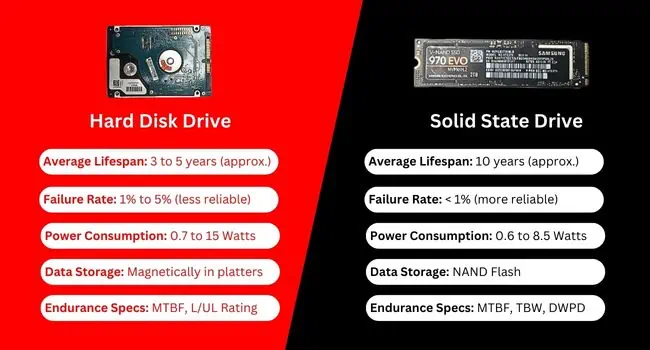
While 300 could be a small value in front of 600 or 1200 TBW, it’s still much more than you may anticipate. In fact, a normal user is never going to meet this number. And what happens next if you actually write 300 Terabytes of data? Well, your SSD is not going to fail immediately. However, it will definitelydegrade over time, and slowlycertain sections start dying.
TBW is just a rough figure to tell you the average lifespan of an SSD. There are other measures like MTBF and DWPD. More on this later.
However, if you’re using the SSD right, you do not have to worry much! In fact, you may utilize the drive even more than the specified TBW. But to be on the safe side, we always recommendutilizing it only for temporary usageonce the criterion is met, like storing small files or games.
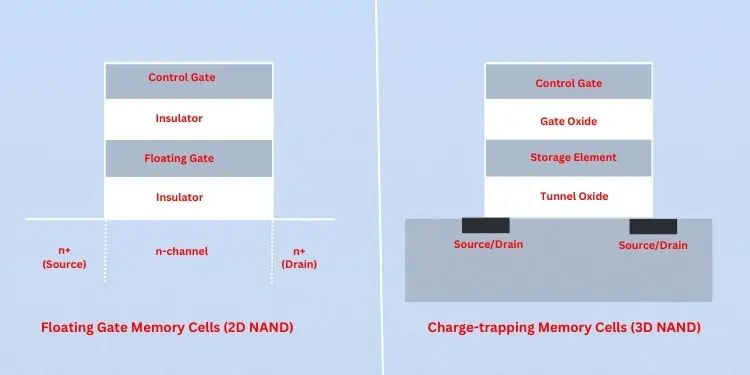
Basically, there’s no answer to how long an SSD will last. You do not require replacing it often as it lasts for more than what is specified. However, it does depend on the quality (one from a reputed manufacturer is always the best), how you’re operating it, the technology it’s built upon (2D or 3D NAND), and how long you have been using it.
Does SSD Last Longer than HDD?
If you’re trying toupgrade to SSD, you might have pondered upon several questions, one being its lifespan.
Theoretically speaking, HDDs have an average lifespan of three to five years. The most important thing to note is that they have spinning discs and store data magnetically. So, it’s pretty obvious the mechanical components are more prone to failure, and thehard drive won’t last long.

On the other side, SSDs have non-mechanical components and useNAND flashto store data. They consume less power with faster read/write speed and can store as much data as a traditional hard drive. In terms of reliability and longevity, anSSD is always the better option.
